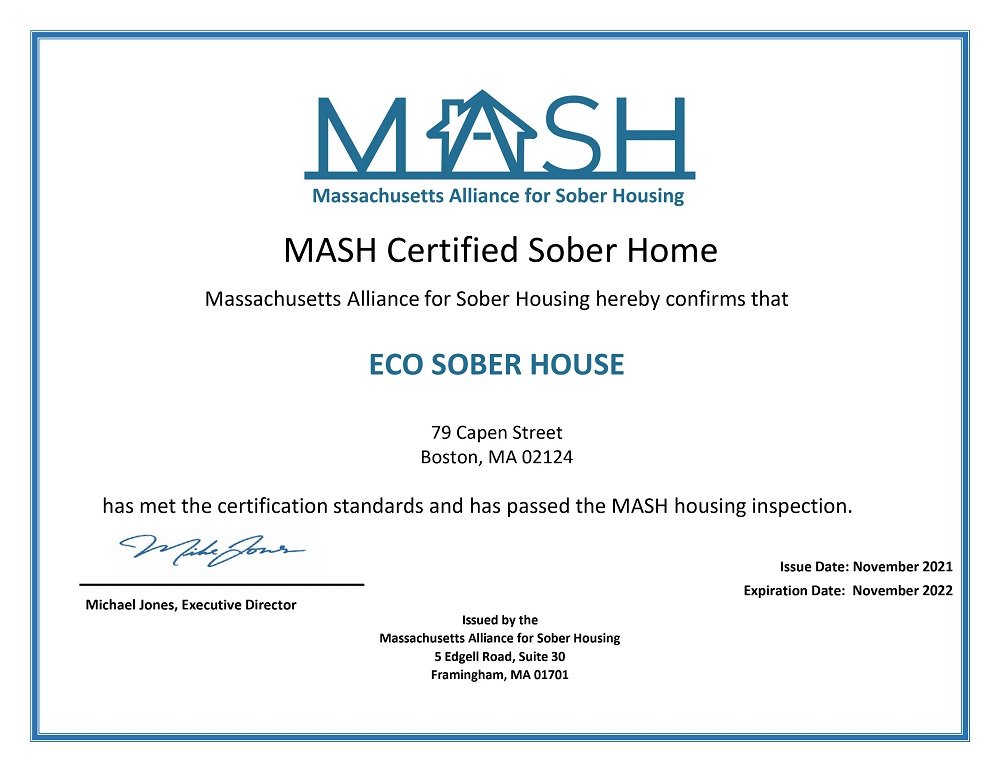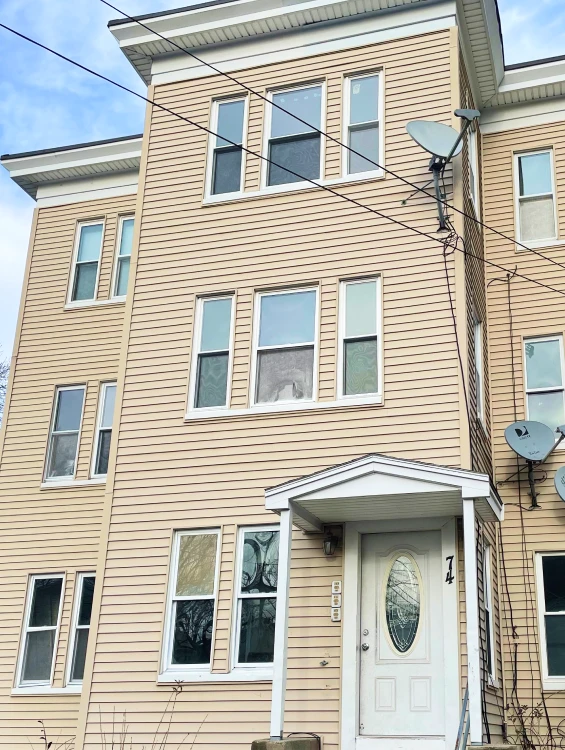Sober living
The Importance of Sober Living for Long-Term Recovery
Halfway houses and sober living homes both support individuals in addiction recovery but differ in several key aspects. Our drug rehab locator also helps you find structured sober living homes across California, Illinois, Texas, New York, Florida, Massachusetts, Oklahoma, Georgia, https://limragraphics.com/2023/09/15/meth-use-and-addiction-key-signs-health-risks-and/ and Pennsylvania. Sober living homes are usually affiliated with a mental health treatment center or a specific substance abuse support program. Staff living in or managing sober living homes are often counselors or specialists in the mental health or addiction treatment fields.
Q: Does the sober living home you are considering provide access to mental health resources and community support?

Both require residents to live on the premises full-time and work towards how to choose a sober living a sober lifestyle. Most people stay in sober living for an average of 166 to 254 days, but it’s a matter of personal preference. If you’re hoping for specific programs, amenities, or policies, contact a few providers before committing to a specific sober living facility. Persistent recovery efforts become vital during the transition to a sober living environment, with regular participation in recovery meetings being a key component of these efforts. Transitioning from treatment to sober living provides the much-needed bridge between treatment and the real world.
Silicon Beach Treatment Center Offers Top-Tier Treatment and Sober Living
Like any treatment option, sober living houses have plenty of benefits and drawbacks. As recovery is an active process, residents must engage in recovery activities like therapy sessions and support group meetings. These activities ensure residents are continually working on their recovery, thus preventing relapse and promoting sustained sobriety. This peer community provides support, accountability, and positive influence, all vital elements for maintaining sobriety.

Common Rules and House Structure
- A sober life allows you to recover the positive aspects of your life, access them and experience them wholeheartedly.
- While some sober living homes may incorporate evidence-based therapies and holistic approaches, the primary emphasis is fostering a community prioritizing healing and well-being.
- This structured environment helps individuals develop a sense of responsibility and accountability for their actions while fostering a supportive community of peers committed to sobriety.
- If you or your loved one needs to go to a sober living facility, contact your local healthcare professional or medical professional for a referral.
- Join our supportive sober community where each day becomes a step towards personal growth and lasting positive change.
This is because sober living homes don’t offer treatment as rehab facilities do. While this seems like a disadvantage, paying rent can help a resident continue responsible financial habits. The average stay in a sober living home is 90 days, but arrangements can be made for a longer stay. In a sober living house environment, professionals are available to help you navigate major changes in your new life. They can also help you determine what length of stay is the right one for you. Living in a sober home will be Twelve-step program similar to living in rehab, but here, you will continue to work or go to school and have financial independence.
